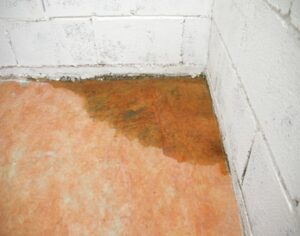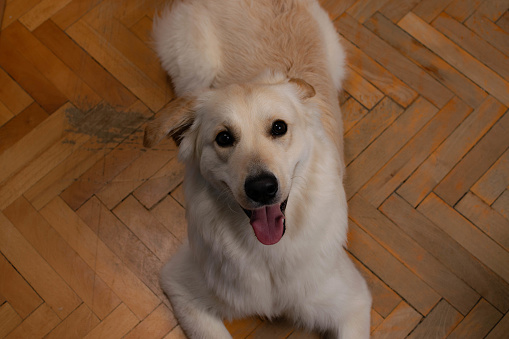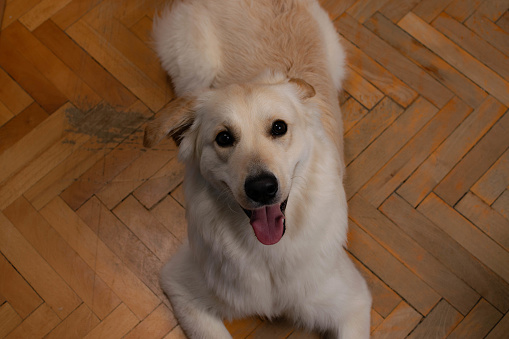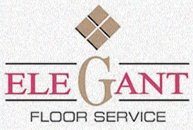Recoating, Refinishing, & Restoring Wood Floors Explained
Hardwood floors are built to last, but daily wear can leave them looking worn or damaged. Over time, scratches, dullness, or even warped boards and deep gouges can appear. Homeowners in the Baltimore & Washington Metropolitan Areas often face the question: Should I recoat, refinish, or restore my wood floors? Our team is here to explain the differences between wood floor resurfacing vs. refinishing, how to resurface wood floors, and how to refinish wood floors.
While these terms are sometimes confused, each service differs in scope, cost, and results. Understanding what each involves will help you choose the right option for your home and avoid unnecessary expenses. Learn more about resurfacing wood floors and reach out to us in the Washington Metropolitan Area today.
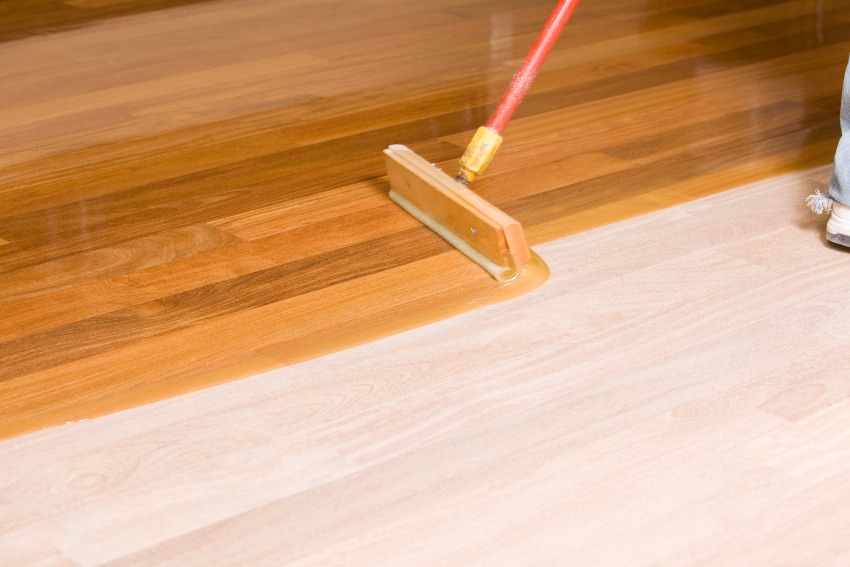
What Is Wood Floor Recoating?
Recoating is a light, surface-level process that refreshes the top layer of finish on your hardwood floors. It’s ideal for floors with minor scratches, scuffs, or dullness but where the existing finish is still intact.
During recoating, professionals clean the floor, lightly abrade the surface, and apply a new layer of finish to restore luster. This process doesn’t involve sanding down to bare wood or changing the stain color. Recoating is quick, affordable, and perfect for maintaining floors that are in good overall condition.
What Is Wood Floor Refinishing?
Refinishing is a more intensive process that takes the floor’s surface down to bare wood. It’s designed for floors with deeper scratches, stains, or areas where the finish has worn away entirely.
In refinishing, professionals sand off the old finish and stain, apply a new stain if desired, and seal the wood with a protective coating. The result is a refreshed floor with a smooth, updated look—potentially with a new color or sheen. Refinishing is ideal for floors with significant cosmetic damage but no structural issues.
What Is Wood Floor Restoration/Repair?
Restoration (or repair) addresses serious structural damage that goes beyond cosmetic issues. This service is necessary for floors with water-damaged boards, deep gouges, or compromised subfloor areas.
Restoration may involve removing and replacing damaged planks, reinforcing or repairing the subfloor, and leveling uneven surfaces. After structural repairs, the floor is sanded and finished similarly to refinishing. This process is more labor-intensive and time-consuming, making it the best choice for floors that are unstable or unsafe to walk on.
Comparing Recoating, Refinishing, & Restoration
Each method restores the beauty of hardwood floors, but the right choice depends on the extent of wear and damage. Here’s how to tell the difference:
- Choose recoating if your floors have light scratches, scuffs, or dulled finish, but the existing finish remains intact.
- Opt for refinishing if your floors have deeper scratches, stains, or worn-away finish but are still structurally sound.
- Go with restoration if your floors have warped, water-damaged, or deeply gouged boards, or if the subfloor is compromised.
- Select restoration for missing planks, severe cracks, or structural instability that affects floor safety.
How to Decide What Your Floors Need
Not sure which service is right? Start by inspecting your floors. Check for movement underfoot, look for warping or gaps, and assess the depth of any damage. The list below can guide your decision:
- Floors with light surface wear and intact finish typically qualify for recoating.
- Discoloration, deeper scratches, or worn-through topcoats point to refinishing.
- Buckling, lifting, or separated boards often require restoration.
- Major shifting, unevenness, or subfloor damage indicates a need for restoration.
Cost Comparison: Recoating vs. Refinishing vs. Restoration
Cost is a key factor in choosing the right service. Here’s what you can expect in terms of typical rates in the Washington Metropolitan Area:
- Recoating: $1.50 to $2.00 per square foot
- Refinishing: $2.70 to $3.00 per square foot
- Restoration/Repair: $15 to $20 per square foot
Understanding the Process: Recoating vs. Refinishing vs. Restoration
When deciding between recoating, refinishing, or restoration, it helps to know how each works in homes across the Washington Metropolitan Area. Recoating is a quick refresh for lightly worn floors. Refinishing focuses on sanding and reapplying stain and finish for a deeper cosmetic fix. Restoration involves replacing damaged boards, repairing subfloors, and addressing structural issues before finishing. Choosing the right method can extend your flooring’s life without overspending.
Protecting Your Floors After Service
Whether you choose recoating, refinishing, or restoration, proper maintenance will keep your floors looking great for years. Follow these simple care habits to protect your investment:
- Place felt pads under furniture legs to prevent scuffing.
- Use a microfiber dust mop for daily cleaning.
- Stick to pH-neutral wood floor cleaners.
- Avoid standing water and don’t steam clean your floors.
Choosing the Right Floor Restoration Method
The best service depends on your floor’s condition. For minor surface wear, recoating is often enough. For deeper cosmetic damage, refinishing is the answer. If you’re dealing with structural issues like uneven or damaged boards, restoration is the safer, longer-lasting solution.
At Elegant Floor Services, we bring decades of experience to every project. Our team serves the Washington Metropolitan Area, offering in-home evaluations to recommend the right service based on your floor’s actual condition. Contact us today to schedule a consultation or request a quote. We’ll help restore your floors the right way, with results that last.


